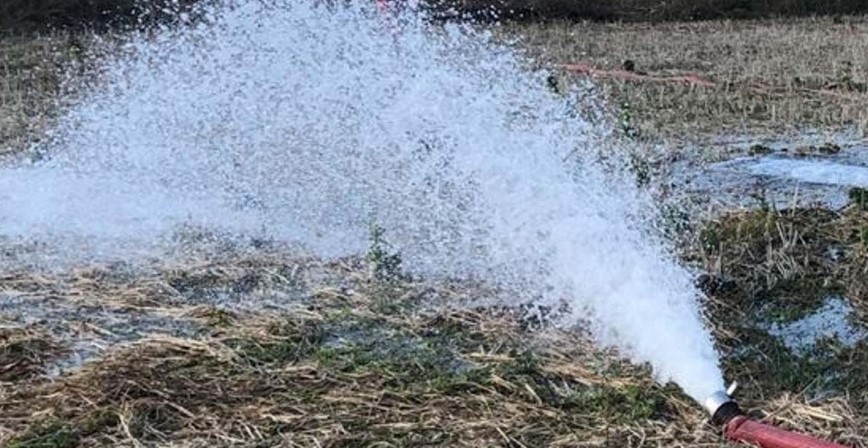25 pct of drinking water getting contaminated as microplastics found in groundwater

Scientists have found microplastics contaminating a groundwater source that accounts for 25 per cent of the global drinking water supply. Microplastics are already known to contaminate the world's surface waters, yet scientists have only just begun to explore their presence in groundwater systems.
Fractured limestone aquifers are a groundwater source that accounts for 25 per cent of the global drinking water supply. The study, published in the journal Groundwater, identified microplastic fibres, along with a variety of medicines and household contaminants, in two aquifer systems in the US.
"Plastic in the environment breaks down into microscopic particles that can end up in the guts and gills of marine life, exposing the animals to chemicals in the plastic," said John Scott, a researcher at the Illinois Sustainable Technology Center in the US. "As the plastics break down, they act like sponges that soak up contaminants and microbes and can ultimately work their way into our food supply," said Scott.
Groundwater flows through the cracks and voids in limestone, sometimes carrying sewage and runoff from roads, landfills and agricultural areas into the aquifers below, he said. The researchers collected 17 groundwater samples from wells and springs -- 11 from a highly fractured limestone aquifer near the St Louis metropolitan area and six from an aquifer containing much smaller fractures in rural northwestern Illinois.
All but one of the 17 samples contained microplastic particles, with a maximum concentration of 15.2 particles per litre from a spring in the St Louis area, researchers said. However, deciphering what that concentration means is a challenge, Scott said. There are no published risk assessment studies or regulations.
"The research on this topic is at a very early stage, so I am not convinced we have a frame of reference to state expectations or bounds on what is considered low or high levels," said Tim Hoellein, a professor at Loyola University Chicago. The researchers identified a variety of household and personal health contaminants along with the microplastics, a hint that the fibres may have originated from household septic systems.
"Even if we quit plastics cold turkey today, we will still deal with this issue for years because plastic never really goes away," Scott said. "It is estimated that 6.3 billion metric tonnes of plastic waste has been produced since the 1940s, and 79 per cent of that is now in landfills or the natural environment," he said.
(With inputs from agencies.)
- READ MORE ON:
- Milky Way
- Qualitative research
- Medicines Company (The)
- European Medicines Agency
- British National Formulary
- Protected area
- Urban area
- Rural area
- Area of a circle
- Area 51
- Surface area
- Palm Springs
- Colorado Springs
- Peninsula Hot Springs
- Toll road
- Hampton Roads
- Roads and Maritime Services
- Wells Fargo
- Wells Fargo Arena
- ATM (Wells Fargo Bank)
ALSO READ
US forces engage unmanned aerial vehicles launched from Houthi-controlled areas of Yemen
Two arrested, many weapons seized, in Jerusalem area raid
Netanyahu says Israel preparing for scenarios in other areas than Gaza
TMC leaders to visit cyclone-hit areas in north Bengal, to knock on EC's doors again
Netanyahu says Israel preparing for scenarios in other areas than Gaza










